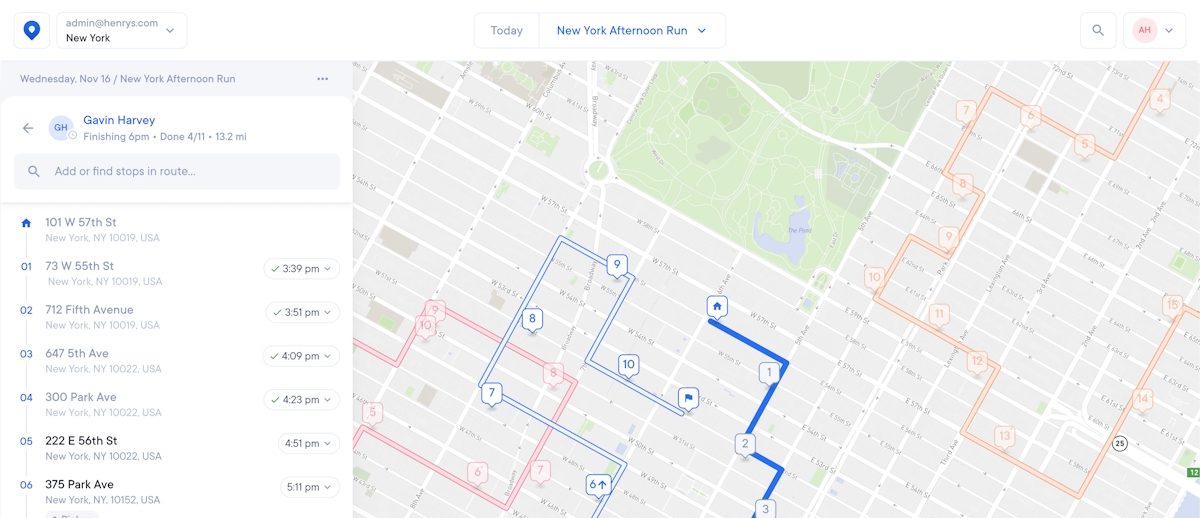Is Self-Delivery Right for Your Business?
Learn the ups and downs of self-delivery and find out if it’s the right choice for getting products to your customers.

Easily run your self-delivery business with Circuit for Teams.
"Self-delivery" means handling all your deliveries in-house (with your own staff) rather than outsourcing to a third-party delivery partner like DoorDash. It's like being the master of your delivery destiny (and your customers' experiences).
This article will dive into the world of self-delivery, explore its inner workings, benefits, and downsides, and share examples of self-delivery in action.
Spoiler alert: The Circuit for Teams last-mile delivery app might just be the secret your business needs to optimize on-time self-delivery!
Picture this: a pizza joint with its own branded cars and delivery team zipping around town, delighting customers by delivering piping-hot pizzas.
That's self-delivery in the real world. It puts you in the driver's seat, allowing you to control everything from vehicle tracking to proof of delivery.
You may ask, why not outsource your local delivery operations to delivery services like Uber Eats? Well, it's all about the Benjamins (or, more specifically, the delivery fees).
Outsourcing can be costly, and nothing beats having full control over your customer experience.
Plus, the right delivery management software can automate your delivery orders. This makes the whole process as smooth as butter on a hot slice of toast.
Whether your business is a small restaurant running food delivery or a bustling pharmacy offering local prescription delivery, let’s explore how self-delivery can shift your delivery operations into high gear.
Key takeaways:
- Self-delivery offers control, cost savings, and better customer experience.
- Challenges include more responsibility, logistics planning, and limited delivery zones.
- You can simplify self-delivery optimization with efficient route planning, tracking, and communication tools.
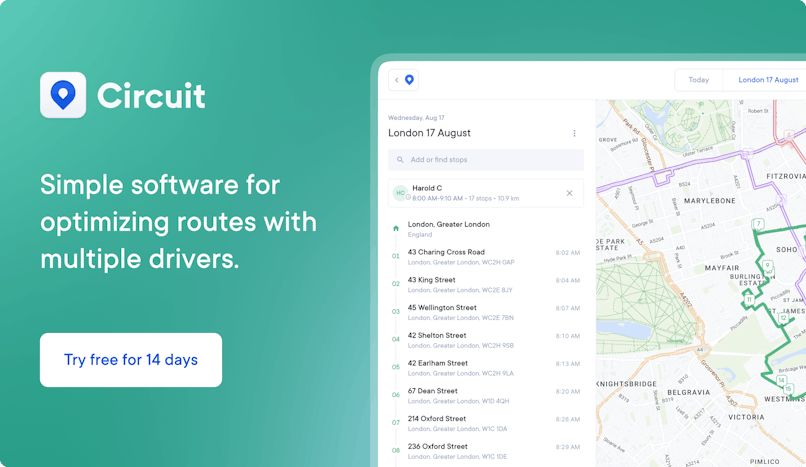
Overview of self-delivery benefits and downsides
Are you considering offering self-delivery for your business but feeling like a lost Dasher in New York City?
We're about to look into the detailed pros and cons of self-delivery.
We'll explore the benefits, such as more control, better customer experience, and cost savings. And we won't shy away from the downsides, including more responsibility, logistical challenges, and a limited delivery zone.
Let's hit the gas!
Benefits of self-delivery
If you want to take the wheel and steer your business toward success, self-delivery might be a great opportunity for you. Here's a closer look at the benefits.
More control
You'll have the keys to your delivery kingdom by managing your own drivers. As a result, you can control the entire delivery experience and optimize costs.
Plus, delivery software solutions can help you track your drivers in real time, handle customer communication independently, and make sure your vehicles are used efficiently. You'll feel like the conductor of your very own delivery orchestra.
Better customer experience
Customers are picky. They know what they want, and they want their deliveries just right. With self-delivery, you can tailor the delivery experience to your customer base and offer deals, freebies, and discounts to keep them coming back for more.
Cost savings
Save on third-party delivery fees by taking charge of your in-house delivery. Then, use the extra cash to scale your business, invest in marketing to attract new customers, or treat yourself to a well-deserved vacation. That’s a big help for companies with limited resources.
Downsides of self-delivery
As with every good thing, self-delivery can have downsides. Let's explore those.
More responsibility
With great power comes great responsibility. Managing your own delivery drivers means taking on liabilities like vehicle maintenance and repair costs.
But reliable route planning and delivery management software like Circuit for Teams can help. Circuit for Teams telematics track real-time vehicle conditions, like location, speed, fuel efficiency, and maintenance issues.
Logistical challenges
You may face logistical hurdles when switching to self-delivery, like route planning, optimization, and inventory management.
But thanks to automation, the right software can save you hours of planning and make your delivery logistics easier than a Sunday morning.
Limited delivery zone
Sometimes, self-delivery can limit your delivery radius.
Similar to how drivers for food delivery services like DoorDash and Uber Eats work, your business may need to focus on a specific zone to maintain quality and efficiency. This could affect your reach to potential customers.
However, today’s route planning software can optimize your delivery zones and scale to new delivery areas without hassle. This can help you cater to the right customers without stretching your team too thin.
Self-delivery in action
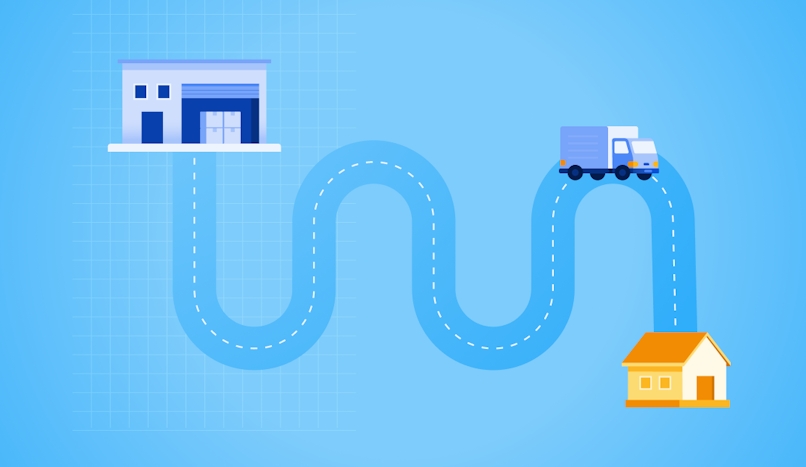
Now, let’s dive into the real world of self-delivery and explore how different businesses have succeeded in using Circuit for Teams to manage their in-house delivery process. Let's take a closer look at how this delivery software has helped the following three companies thrive.
Burd Eggs
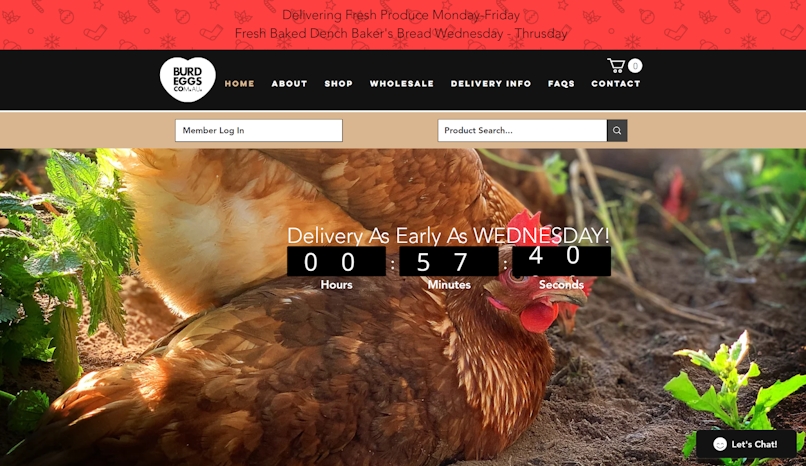
Burd Eggs delivers fresh eggs to individuals, hotels, and other hospitality businesses.
During the COVID-19 lockdown, the company saw a massive positive shift in its order volume and customer base, with a 30 percent increase in orders. Once a minor inconvenience, the company’s lack of route optimization and monitoring capabilities became major hurdles.
Enter Circuit for Teams, the delivery system that now saves Burd Eggs time and resources. With improved route planning, this egg retailer saved an hour a night in planning and approximately one hour per delivery driver per day.
With five drivers on the team, this amounts to an impressive 30 hours saved in payroll every week.
A bicycle courier company
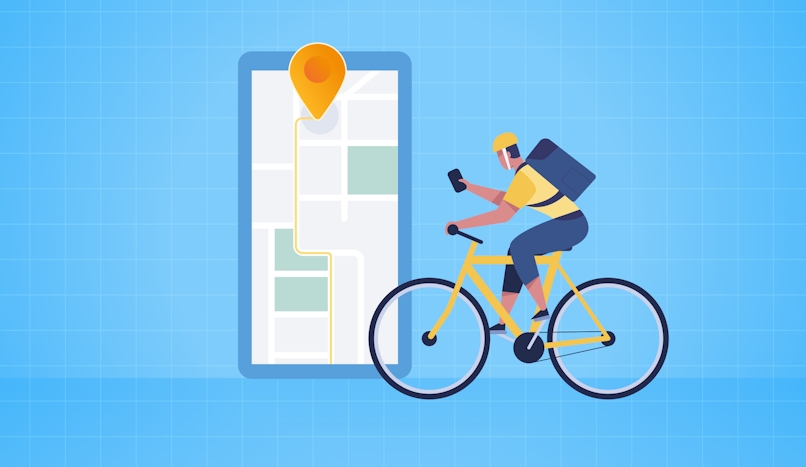
This courier company specializes in delivering prescriptions to patients (the company’s name is hidden due to the valuable competitive advantage of Circuit for Teams).
When the COVID-19 pandemic hit, the company saw a 20 percent to 25 percent increase in daily deliveries as more patients wanted their prescriptions brought to their doorstep.
Thanks to the Circuit for Teams route-planning tool, this bicycle courier company managed to meet the increased demand without changing its team or delivery process. With our help, the company can tackle the challenge of increased demand for prescription deliveries head-on.
Three Chimney Farm
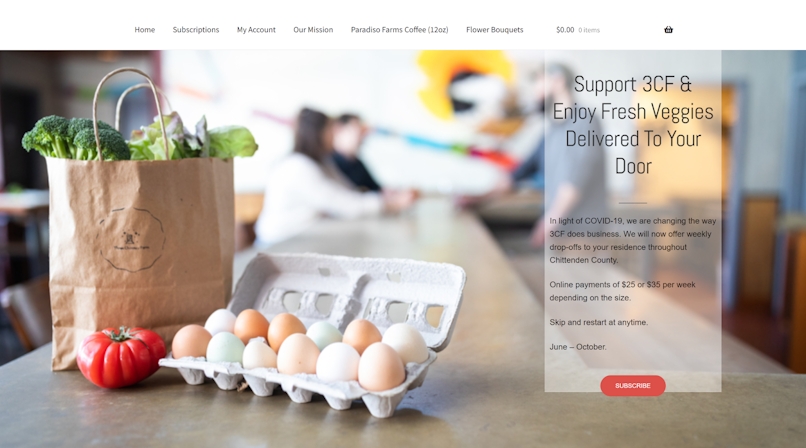
Three Chimney Farm, an organic produce business, initially sold most of its products to local restaurants and bars. However, when the COVID-19 pandemic caused many of these establishments to close, the farm shifted its business model to offer direct-to-consumer deliveries. This increased deliveries from zero to around 60 per week.
The farm needed an efficient route-planning tool to manage this dramatic change and handle multiple stops and frequent changes.
That's where Circuit for Teams came in, becoming the backbone of the company’s new business model. With optimized routes, Three Chimney Farm now makes 35 to 40 deliveries on Tuesdays and another 20 on Fridays, successfully adapting to the evolving needs of its customers.
Is self-delivery right for your business?
Deciding whether self-delivery is the best voice for you and your business can seem daunting. You must consider factors like business size and maturity, available technology, and the type of products you deliver.
The decision boils down to whether you want to manage your delivery fleet in-house or rely on third-party delivery services.
Handling your own deliveries offers more control over the entire process, from managing drivers and vehicles to providing excellent customer service. However, this option may need more time and resources for smooth operations.
On the other hand, partnering with a third-party delivery company can free up time and resources for you to focus on other aspects of your business. But you'll also entrust a part of your customer experience to an external vendor.
Ask yourself the following questions to determine if self-delivery is the right choice for your business:
- Can my business afford the costs of managing in-house delivery vehicles, including maintenance, insurance, and driver wages?
- Do I have the resources and time to manage the complexities of an in-house delivery operation, such as route planning and driver communication?
- Am I willing to entrust a part of my customer experience to a third-party delivery service?
- Can self-delivery work for my business model, allowing for increased profits and a better customer experience?
With the right strategy and tools, self-delivery can be viable and profitable for many businesses. Carefully considering your unique circumstances and weighing the pros and cons of each delivery option means you can make an informed decision that works best for your business and customers.
Circuit for Teams can help with self-delivery
If your business offers local delivery services and wants to optimize its delivery process, consider Circuit for Teams for your self-delivery system.
Circuit for Teams offers a wide range of delivery management features, including planning multiple routes, sending customer notifications, and capturing proof of delivery. Plus, real-time driver tracking and dynamic stop status icons make it super user-friendly.
These tools can help you optimize your business’s delivery system, save hours in route planning and execution, and delight customers with ETAs, timely notifications, and on-time delivery.
Armed with tools like Circuit for Teams, you can conquer the delivery world and watch your business soar. It's time to take control of your delivery operation and let Circuit for Teams do the heavy lifting.
Happy delivering!




